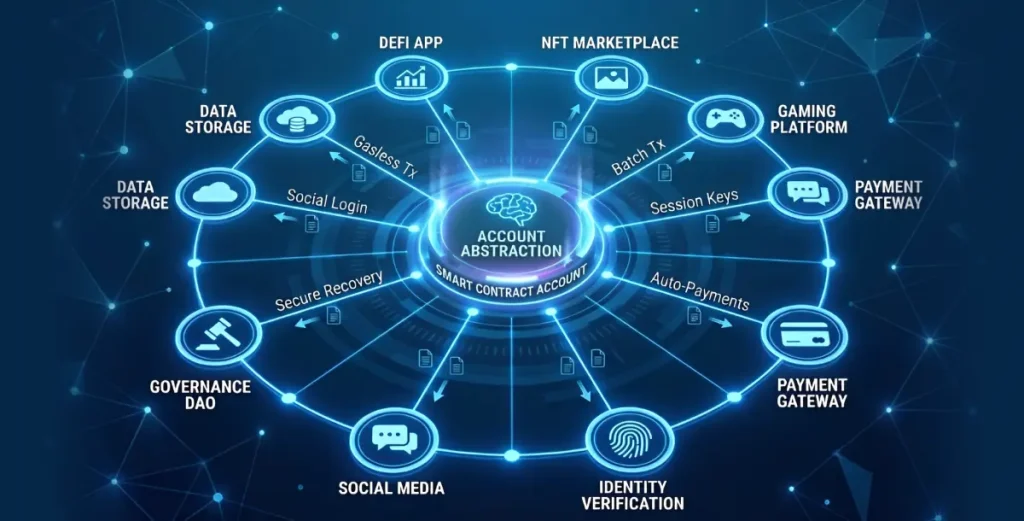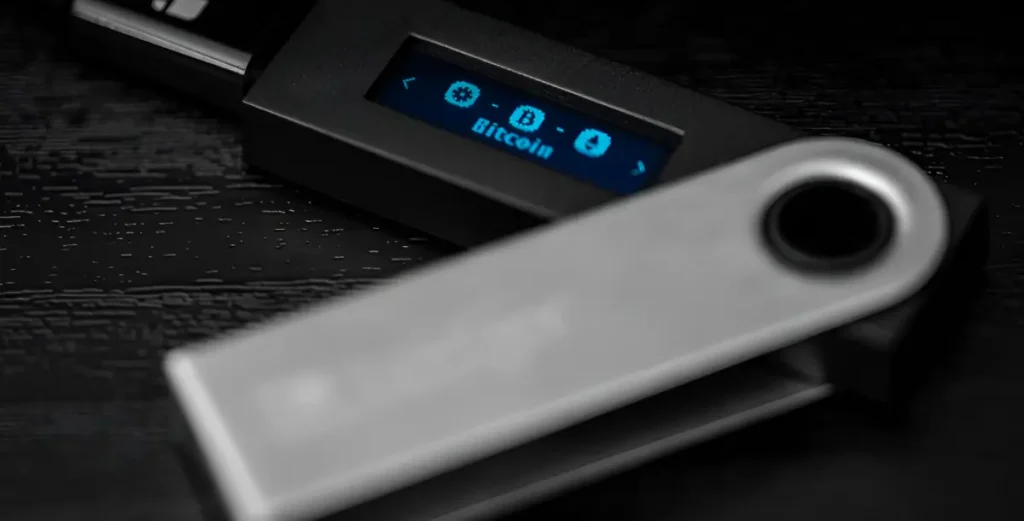As crypto adoption deepens, one persistent friction remains: fragmentation. Different blockchain networks—Ethereum, Solana, BNB Chain, Avalanche, and more—operate as siloed ecosystems. For business owners eyeing crypto opportunities, this fragmentation limits liquidity, asset mobility, and user experience. Cross-chain trading is an evolving frontier that enables assets to move seamlessly across networks, unlocking deeper liquidity and more efficient markets.
Cross-chain trading allows users to swap assets directly between different blockchain networks—such as trading Bitcoin for Ethereum—without necessarily needing to go through a centralized exchange or convert to an intermediary asset like a stablecoin. This innovation addresses one of the long-standing challenges in crypto: blockchain interoperability. Since most blockchains were designed as independent ecosystems, transferring value between them traditionally required cumbersome workarounds or trusted third parties.
This new capability is made possible through a combination of technologies. Bridges typically lock tokens on the original chain and mint equivalent “wrapped” representations on the destination chain, while atomic swaps use smart contracts to ensure both sides of a trade happen simultaneously or not at all. Cross-chain decentralized exchanges (DEXs), like THORChain, offer native asset swaps using liquidity pools and routing protocols, enabling seamless, trustless trading between networks.
For traders, cross-chain functionality opens up significant advantages. It provides access to a wider range of assets, often with better liquidity and price discovery, since trades are not limited to a single blockchain’s market. It can also reduce fees by eliminating multiple conversion steps and reliance on centralized platforms. Most importantly, it gives users greater control and flexibility over their assets while supporting a more decentralized and efficient trading environment.
What Is Cross-Chain Trading?
Cross-chain trading refers to the ability to trade crypto assets across different blockchain networks without requiring centralized intermediaries or traditional bridging solutions for every swap. It allows users to, for instance, swap SOL (on Solana) for ETH (on Ethereum) directly—without wrapping tokens or converting to stablecoins as an intermediary step.
There are two main types:
- Atomic Swaps: Peer-to-peer trades executed through hashed time-locked contracts (HTLCs). These are generally for specific pairs and can be complex to execute.
- Cross-Chain DEXs: Platforms that route trades across chains using intermediaries like relayers, liquidity pools, or interoperability protocols (e.g., LayerZero, Axelar, Wormhole).
For businesses building in Web3—especially exchanges, wallets, fintech apps, or NFT marketplaces—enabling cross-chain transactions is becoming a key differentiator.
Why Traditional Liquidity Models Fall Short
Before cross-chain solutions, crypto liquidity lived within isolated pools:
- ETH-based tokens could only be swapped via Ethereum-based DEXs (e.g. Uniswap)
- BNB Chain assets had to rely on PancakeSwap or CEXs for access
- Moving assets between networks required bridges, which are often slow, costly, and vulnerable to hacks
This siloed liquidity model limits access to best execution pricing, frustrates users who need to manage multiple wallets or swap fees, and restrains DeFi protocols and NFT platforms from scaling
In contrast, cross-chain liquidity allows users to interact with the best asset pairs, regardless of which network they’re on.
How Cross-Chain Trading Unlocks Liquidity
Cross-chain trading directly expands both asset and user accessibility:
- Wider market access: Traders and users can access assets across ecosystems without onboarding new wallets or platforms for every chain.
- Price arbitrage: Businesses can tap price differences across chains to optimize treasury or token swaps.
- Deeper liquidity pools: Liquidity is no longer fragmented by chain, leading to better pricing and slippage.
- Better user experience: One-click swaps across chains boost usability, key for Web3 apps targeting mainstream adoption.
This liquidity unlock supports more efficient operations for exchanges, payments apps, NFT platforms, and even stablecoin issuers. For businesses, it means more swaps, more transactions, and ultimately more fee-based revenue—turning interoperability into a direct growth channel.
What Technologies Make It Possible?
Several technologies enable secure and fast cross-chain trades:
- Interoperability protocols: LayerZero, Axelar, and Wormhole provide messaging infrastructure between chains.
- Decentralized relayers: These verify and confirm transactions across chains.
- Smart routing DEXs: THORChain, SushiXSwap, and other DEXs aggregate liquidity and route orders intelligently across networks.
- Cross-chain messaging standards: Like CCIP (Chainlink) or IBC (Cosmos), used for moving token or data packets between chains.
For business owners, the takeaway is clear: Cross-chain trading, while still evolving, is moving towards becoming infrastructure-ready and enterprise-compatible.
Use Cases for Businesses and Institutions
Cross-chain capabilities aren’t just for retail traders—they create real business advantages across the digital asset ecosystem.
For crypto payment providers, they enable settlement across chains while allowing customers to pay in the token of their choice, removing friction and expanding usability. DeFi platforms can aggregate liquidity from multiple networks to offer more competitive rates and reduce slippage, improving user experience and retention. NFT marketplaces benefit by accepting cross-chain bids or payments, expanding their buyer pool beyond a single ecosystem.
Meanwhile, treasury managers can more efficiently rebalance or swap assets across protocols without needing to go through centralized exchanges.
In short, cross-chain trading acts as the connective tissue between fragmented blockchain markets—making real-world, interoperable applications not only possible but practical.
What Are the Risks and Considerations?
Despite the promise, businesses must approach cross-chain integration with a clear understanding of its risks.
Security is a major concern; bridges and relayers have historically been popular targets for hackers, so it’s essential to use protocols that have undergone extensive audits, maintain strong security practices, and include real-time monitoring.
There’s also the trade-off between speed and cost—rapid transactions may incur higher relayer or routing fees, especially on congested networks. Regulatory uncertainty remains another issue, particularly when funds move between jurisdictions with different KYC/AML standards or evolving legal frameworks.
Lastly, smart contract complexity increases significantly in multi-chain environments, requiring rigorous testing and continuous lifecycle monitoring.
Businesses considering cross-chain trading should partner with technology providers that offer secure, compliant, and customizable infrastructure to navigate these challenges effectively.
The Future of Liquidity Is Cross-Chain
In 2025, cross-chain liquidity is becoming the new baseline. Businesses looking to enter or scale within crypto need to think beyond single-chain solutions. The ability to move assets across networks seamlessly will separate the platforms that win global users from those that fall behind.
ChainUp offers enterprise-ready infrastructure for trading, tokenization, DeFi with cross-chain functionality—tailored for institutions and fintech builders. If you’re building in crypto and need a secure, scalable foundation, let’s talk.




